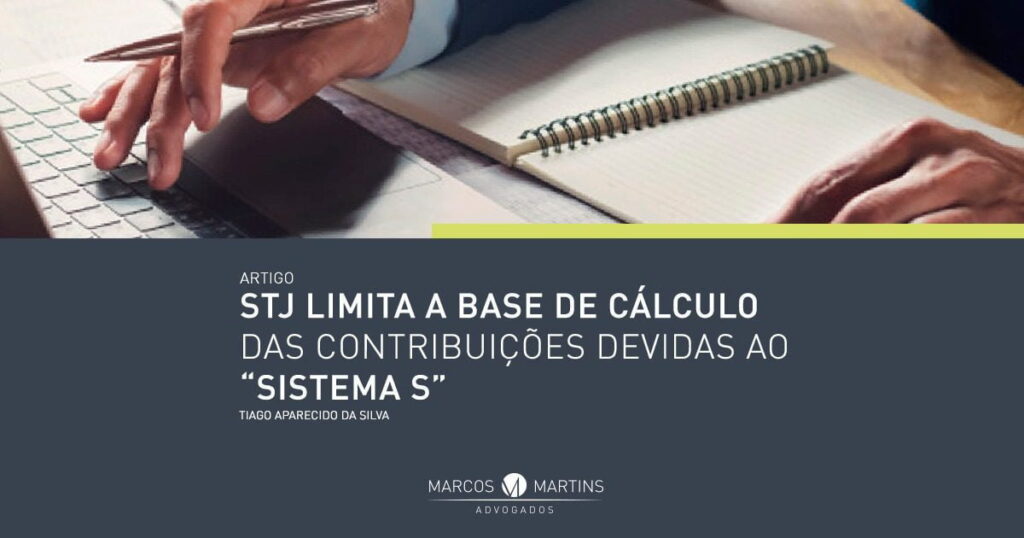Tiago Aparecido da Silva
Lawyer at Marcos Martins Advogados
The Federal Government, as authorized by the Federal Constitution, created contributions to para-fiscal entities with the aim of social development, professional training and research.
Because these organizations start with the letter “s” and have characteristics in common, they were nicknamed the “S System”, made up of:
- National Industrial Learning Service – SENAI;
- Social Service of Commerce – SESC;
- Industry Social Service – SESI;
- National Trade Apprenticeship Service – SENAC;
- National Rural Learning Service – SENAR;
- National Cooperative Learning Service – SESCOOP;
- Social Transportation Service – SEST;
- Brazilian Micro and Small Business Support Service – SEBRAE;
These organizations, as mentioned, are financed by contributions owed by private companies belonging to the professional category corresponding to the nature of the service.
Following the creation of the contributions, there was no shortage of legal disputes on the subject, especially with regard to which calculation basis should be applied.
Companies argued that the correct amount to be used as the basis for applying the rate should be 20 minimum wages, in accordance with Article 4 of Law No. 6,950/81, which sets this limitation[1].
Parafiscal entities, on the other hand, have always defended the thesis that contributions should be levied on companies’ payrolls, without any limit being applied, based on article 3 of Decree 2.318/86, which states that “For the purpose of calculating the company’s contribution to social security, the contribution salary is not subject to the limit of twenty times the minimum wage, imposed by article 4 of Law 6.950, of November 4, 1981”.
This discussion dragged on for years, and due to the legal uncertainty caused by the lack of settlement of the issue by the courts, companies used the payroll as the calculation basis for fear of being fined millions of dollars.
However, the 1st Panel of the Superior Court of Justice recently decided that Article 4 of Law 6.950/81 should be applied to these contributions, maintaining the limit of 20 minimum wages.
This decision by the STJ has a direct impact on cash flow, since contributions to the “S” System correspond, on average, to 5.8% of the company’s payroll per month, characterizing a significant reduction, and it is also possible to refund what has been unduly paid over the last 5 years.
The issue has not yet been settled, but following this important ruling, the tendency is for companies to succeed in their legal disputes.
[rock-convert-pdf id=”13767″]
[1]Art. 4 – The maximum limit of the contribution salary, provided for in art. 5 of Law no. 6.332, of May 18, 1976, is set at an amount corresponding to 20 (twenty) times the highest minimum wage in force in the country.Sole Paragraph – The limit referred to in this article applies to parafiscal contributions collected on behalf of third parties.








